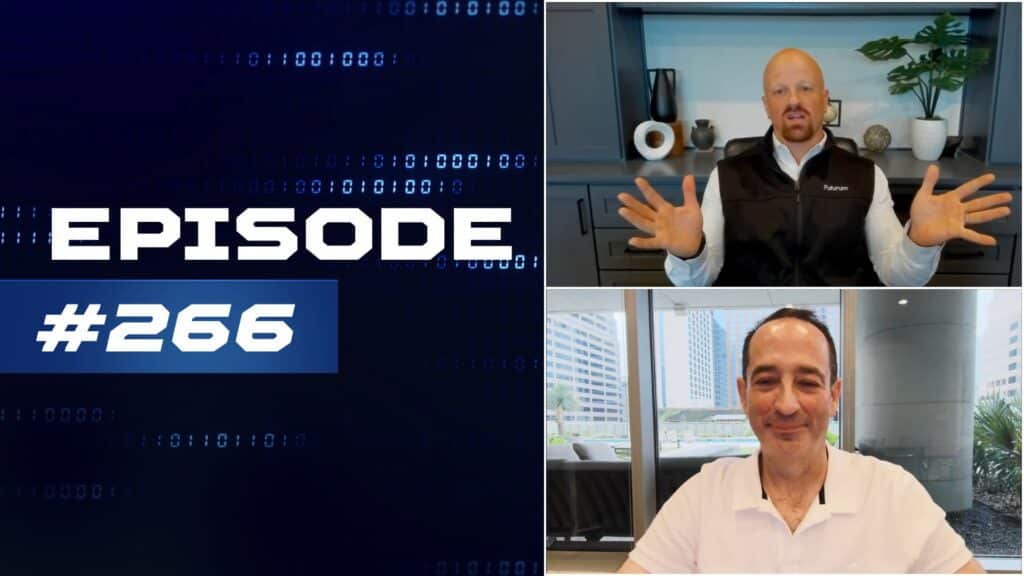The News: On August 22, VMware announced vSAN Max, a petabyte-scale disaggregated storage architecture for VMware workloads. You can read the entire Press Release here.
VMware Disaggregates HCI With vSAN Max
Analyst Take: vSAN Max is a storage-only cluster for any VMware vSphere cluster. The offering is an extension of VMware’s vSAN hyperconverged infrastructure (HCI) software and is licensed separately from vSAN. Using vSAN Max, customers can scale and license the compute and storage nodes separately – something not possible with traditional HCI.
What Is vSAN Max?
vSAN Max, unveiled at VMware Explore 2023, is VMware’s second move toward disaggregated scaling. VMware first introduced disaggregated vSAN through HCI Mesh in 2020. HCI Mesh allows customers to share unused capacity across vSAN HCI clusters. HCI Mesh compute clusters can use storage from a remote vSAN cluster, and the compute clusters do not need vSAN licenses. That means customers no longer must buy nodes with compute and storage if they only need storage capacity but have enough compute.
vSAN Max uses the vSAN Express Storage Architecture (ESA) introduced in vSAN 8 at VMware Explore 2022, plus capabilities of HCI Mesh.
vSAN Max scales to 24 data nodes per cluster, with each node scaling from 200 TiB to 360 Tib for a maximum of 8.6 PB per cluster. Each cluster can support more than 100 vSphere nodes, and reach 3.6 million IOPS. Max customers will manage clusters and provision storage through vCenter Server, just as they manage traditional vSAN clusters.
Most of the scaling benefits of vSAN Max were available through HCI Mesh. There are some differences, though. vSAN Max can be created from a stretched cluster spanning data centers for availability, and HCI Mesh did not support that.
Another difference is in the architecture. VMware gives vSAN customers a choice of ESA or the original storage architecture, but vSAN Max requires ESA. The major difference between the architectures is that ESA was designed for storage devices that did not exist when vSAN first launched, such as high-performance NVMe-based flash devices.
Max uses vSAN ESA high-density ESA Ready Nodes, along with ESA’s snapshots, communications between nodes, and storage policies. Customers can choose between a single-site or stretched cluster topology.
vSAN Max is expected to be available by the first quarter of 2024. VMware plans to sell it as a subscription, licensed per TiB.
If It Is Disaggregated, Is It Still HCI?
The major limitation of HCI from the start has been that because storage and compute are integrated inside each node, the infrastructure does not support independent scaling of those resources. If a customer needs only compute or storage, they must add both with a traditional HCI node.
HCI became a multi-billion dollar product category on the strengths of products such as vSAN, Nutanix Cloud Platform, and Dell VxRail (which uses vSAN software) that aggregated storage and compute. Other products such as HPE dHCI and NetApp HCI (now discontinued) followed with the intention of disaggregating resources again for more efficient resource scaling. The Nutanix Cloud Platform and Dell VxRail HCI systems now also support compute-only nodes for independent scaling of compute and storage.
VMware calls vSAN Max a new approach, but it is only new to VMware, and not even completely new. It has similarities to the traditional networked storage architecture before HCI, and the disaggregated HCI products that followed. In this case, it is vSAN Max storage nodes connected to VMware vSphere compute nodes. However, vSAN Max is fully distributed with no need for paired controllers with clustered file systems, or iSCSI or NFS storage protocols. It is a unified block, file, and object storage system.
Why Disaggregation?
VMware lists popular vSAN use cases as:
- Cloud native applications
- Business-critical applications
- More foundational applications that companies need to run their business such as relational databases, VDI workloads
Customers like HCI’s simpler management from the combination of compute and storage, and easier storage provisioning. But HCI’s inability to scale compute and storage independently could be problematic when using more storage-intensive applications on vSAN. For instance, OLTP workloads and ERP databases often require storage capacity to scale higher than compute resources. That prompted VMware to find ways to scale storage without scaling compute.
I think vSAN Max will appeal to new VMware storage customers, but it is unclear if existing customers on the vSAN original storage architecture will switch over the ESA.
Disclosure: The Futurum Group is a research and advisory firm that engages or has engaged in research, analysis, and advisory services with many technology companies, including those mentioned in this article. The author does not hold any equity positions with any company mentioned in this article.
Analysis and opinions expressed herein are specific to the analyst individually and data and other information that might have been provided for validation, not those of The Futurum Group as a whole.
Other insights from The Futurum Group:
VMware Doubles Down on Cross-Cloud Services
Breaking Down the Myths on Broadcom-VMware
Talking Broadcom, China, MSFT, Adobe, Amazon, IBM & Google
Author Information
Dave’s focus within The Futurum Group is concentrated in the rapidly evolving integrated infrastructure and cloud storage markets. Before joining the Evaluator Group, Dave spent 25 years as a technology journalist and covered enterprise storage for more than 15 years. He most recently worked for 13 years at TechTarget as Editorial Director and Executive News Editor for storage, data protection and converged infrastructure. In 2020, Dave won an American Society of Business Professional Editors (ASBPE) national award for column writing.
His previous jobs covering technology include news editor at Byte and Switch, managing editor of EdTech Magazine, and features and new products editor at Windows Magazine. Before turning to technology, he was an editor and sports reporter for United Press International in New York for 12 years. A New Jersey native, Dave currently lives in northern Virginia.
Dave holds a Bachelor of Arts in Communication and Journalism from William Patterson University.





